
Empathy and customer centricity go hand in hand. In order to make better products, have high impact outcomes or deliver amazing services, the human must be at the centre of everything you do.
In fact, this Forbes article demonstrates how many of the most successful businesses globally have tapped into the power of customer centric approaches. Packed full of familiar names, the breadth and variety of applying an empathy led approach shows how vital understanding it and implementing it is to market success.
So do you strive to be the next Google? Or perhaps Impossible Foods or ING? In this article we’ll explore one of the key tools to achieve their empathy led approach; User Interviews.
Flexible and powerful, User Interviews can be used at multiple stages pre, during and post-delivery of a product, outcome or a service. In this article we’ll explore empathy, or initial user interviews.
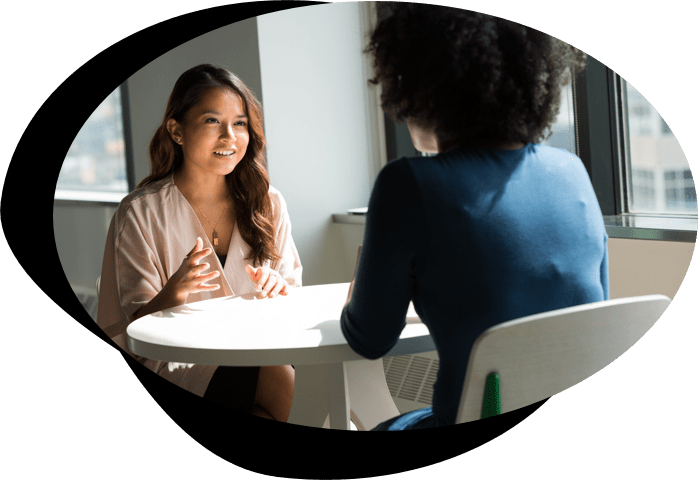
User Interviews – Empathy
A User Interview for empathy is generally made up of the following:
- Introduction and explanation
- Rapport questions
- Probing questions
- Specific questions
- Debrief
- Thanks
This structure helps the interviewer discover genuine insight, while maintaining a conversational flow.
WARNING: No matter how well structured or how diverse or informed a user, an interview filled with judgemental or biased questions is always going to give poor results. Crafting good questions is key.

Introduction and Explanation
A good introduction and explanation is brief and invites the user to share, for example;
“Hi, I’m Sam, thank you for agreeing to be interviewed today. I’ll be talking to you about learning. There are no right or wrong answers, I’m just really curious to understand your thoughts and experiences. What questions do you have before we start?”
Note the use of ‘what questions’; this assumes a user has a question to ask, giving them an opening to speak without having to overcoming the boundary of ‘do you have’.
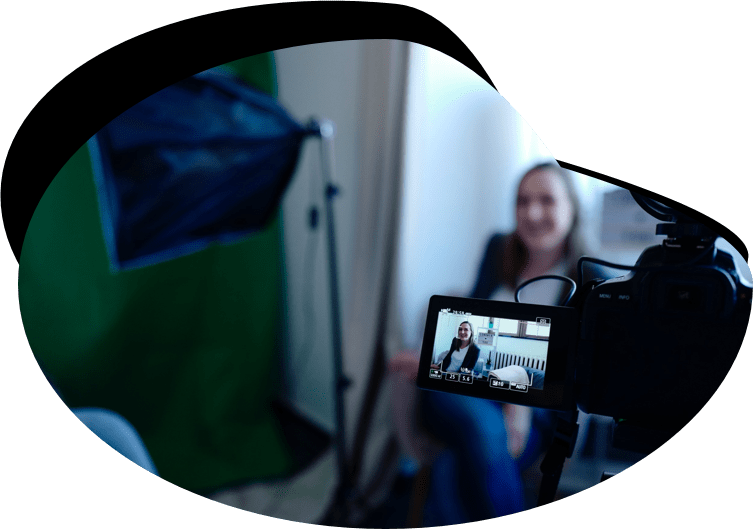
Rapport Questions
It might be tempting to dive straight into some of the many purposeful questions you’ve written or thought about. However to get the most out of an interview, start with rapport.
Rapport questions are simple, accessible and build a user’s confidence in speaking.
It’s also an ideal time for an interviewer to calibrate their sensory acuity; how does your interviewee react when they are talking about things they enjoy vs things that cause them stress? Does their tone of voice change? How do they sit? Non-verbal cues are just as important to the interview process and can create enormous insight into a user’s unexpressed thoughts and feelings.
A good rapport question vary depending on culture/location, but should generally cover a topic anyone can speak on:
- “What do you do for work?”
- “What’s everyone talking about at work this week?” etc.
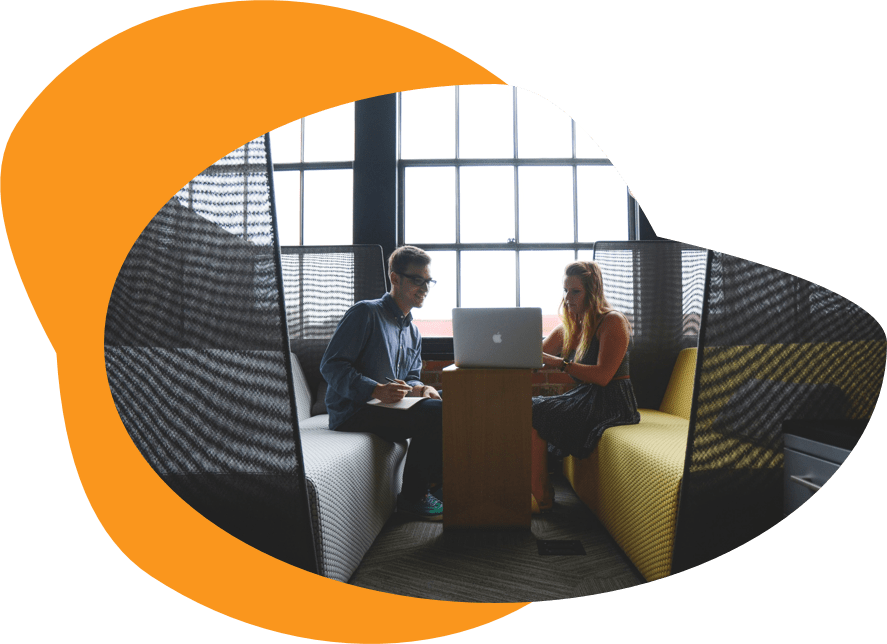
Probing Questions
As you build rapport, begin to introduce probing questions. These are questions related directly to your line of enquiry and invite the interviewee to share specific experiences.
If we use the example of learning experience, the probing questions might include:
- “Tell me about a time when you really enjoyed learning something new.”
- “When was the last time you bought an e-learning package?”
- “How did you find that learning package?”
- “What is the most memorable learning experience you can recall?”
As you can see, there is no judgmental language (Why did you do that? How bad was that experience etc.) and the questions invite the interviewee to recall and share genuine experience.
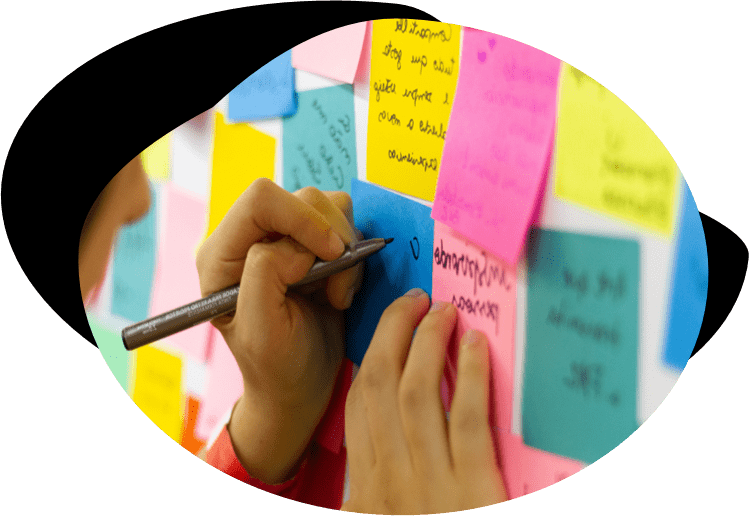
Specific Questions
Once you have built a general picture of your user’s experiences, it’s time to explore deeper and apply focus to things that they explicitly shared. By looking in more detail you develop the opportunity to find key insights into the why — without ever having to ask that question (and avoid the defensive or judgemental reaction it evokes).
Good probing questions might include:
- What could have improved X?
- You said you didn’t enjoy X, what was the worst part?
- How could Y have been changed for the better?
As you can see, these all take the experience a level deeper and challenge the interviewee to explore their thoughts. It’s a great time to check in on sensory acuity and note additional insights.
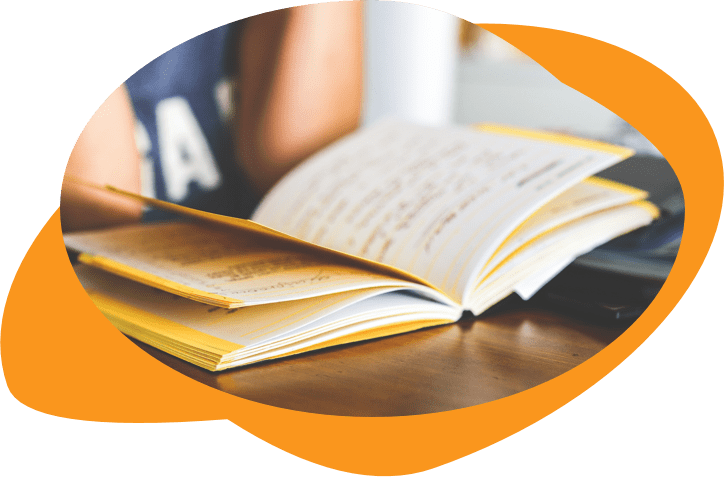
Debrief
Once you’ve completed questioning, don’t just end the interview. Instead, share some of the insights you believe you have identified and check how ‘true’ these feel for the interviewee. This is a chance for early testing of ideas, needs and thoughts.
For example:
- I noticed the following, how true is it that you need X?
- You talked about Y, does X resonate with you?
The goal is to be curious, not compelling, about your initial thoughts.
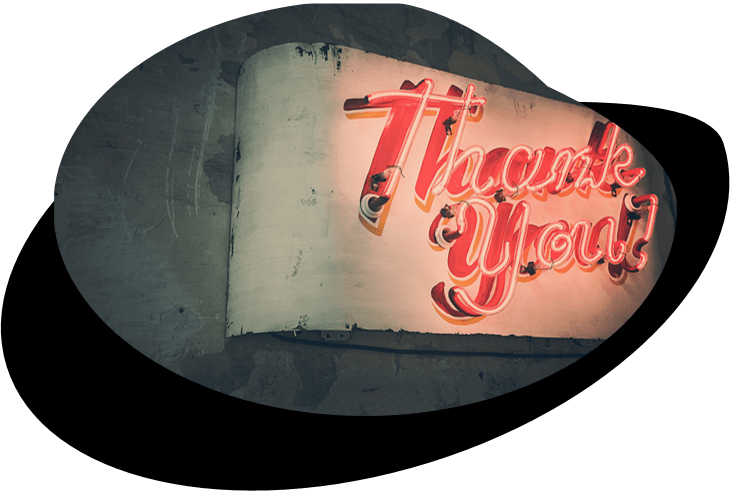
Thanks
Finally, before ending the interview, make sure to thank the user.
Offering a sincere thank you and explaining any next steps or progress is important not just because of good manners, but because you may need to revisit interviewees later for testing interviews. Having a pool of users happy to participate is a great goal.
Interested in more? Check out Business Agility for a deeper dive into developing Customer Centricity.